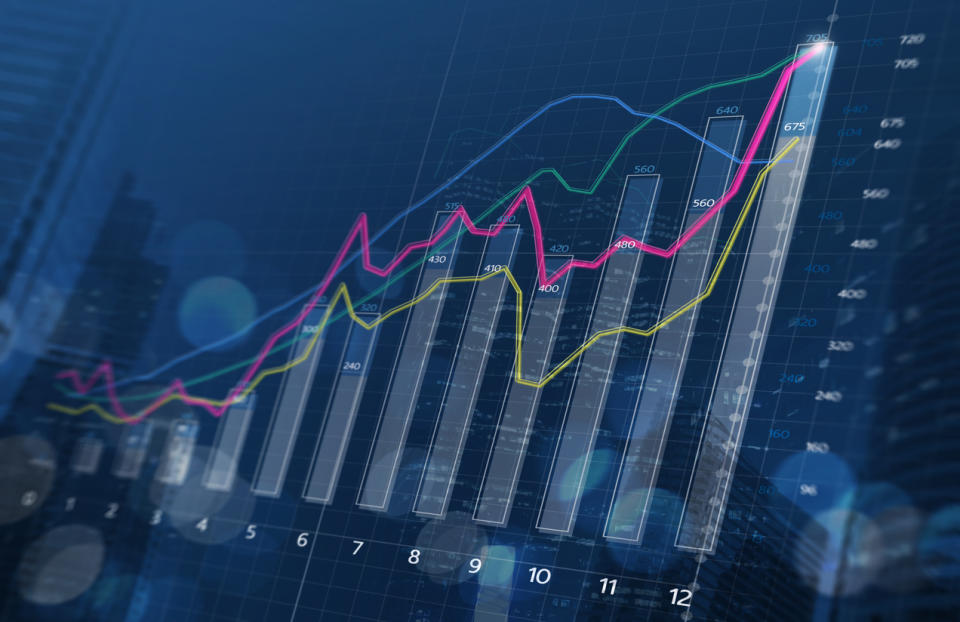Active Stock Funds Largely Lose to Index Funds: SPIVA

While active management has surged in popularity, funds focused on large cap stocks fail to beat their cheap, broad index counterparts despite costly, complex management techniques aimed at outperformance, a new report has found.
Sixty percent of large cap active exchange-traded and mutual funds failed to beat the S&P 500, according to the 2023 S&P 500 Indexes Versus Active scorecard (SPIVA), published March 6. That was a slight improvement from the 64% rate in 2022, yet far behind 2021, when 51% of large cap active funs underperformed the index.
"At the 15-year horizon in both asset classes, there were no categories in which the majority of active managers outperformed,“ the report stated. Still, the situation might have been worse, according to S&P DJI’s Head of U.S. Index Investment Strategy Anu Ganti who wrote in a statement that "this figure was better than might have been expected given the dominance of the U.S. equity market’s largest stocks."
The biggest actively managed ETF, JPMorgan Equity Premium Income ETF (JEPI), which invests in large cap stocks and equity-linked notes, has lagged broad index funds like the SPDR S&P 500 ETF Trust (SPY). JEPI, with a management fee of 0.35%, has gained 19% over the past year compared with a 35% gain in SPY, which charges a far lower 0.09%.
Active ETF Assets Low But Growing
Active ETFs have become favorites of financial advisors and retail investors alike, largely because they are cheaper than active mutual funds and can deliver complex strategies as easy-to-trade ETFs. Asset ETFs grew 37% in 2023, compared to only an 8% growth rate in their passive counterparts, according to Morningstar. Yet overall money in active ETFs pales in comparison to active. Active funds have total assets of $549 billion in 1,349 different products, making up only 6% of the total $8.3 trillion U.S. ETF market.
Market volatility may contribute to better performance of active strategies, as was the case in 2022, when large-cap equity active funds had their best performance year since 2009, according to S&P 500 Global. Yet in 2023’s bull market, which saw the S&P 500 gain 24% over the year, the index edged out other funds.
In international equities, the overall underperformance rate was higher—74%. Yet in both U.S. and international equities, small cap funds fared better. Only 54% of international small cap funds underperformed, while 48% U.S. equity small caps underperformed the S&P SmallCap 600.
In the fixed income category, performance of active funds varied largely across categories. Overall, fixed income funds had an underperformance rate of 59%, according to SPIVA.
Contact Lucy Brewster at lucy.brewster@etf.com.
